Other titles in the STRANGEST series
The Ashes Strangest Moments
Boxings Strangest Moments
Bridges Strangest Hands
Cinemas Strangest Moments
Classical Musics Strangest Concerts
Crickets Strangest Moments
Fishings Strangest Days
Flyings Strangest Moments
Footballs Strangest Matches
Gamblings Strangest Moments
Golfs Strangest Rounds
Horse-racings Strangest Races
Kents Strangest Tales
Laws Strangest Cases
Londons Strangest Tales
London Undergrounds Strangest Tales
Medicines Strangest Cases
The Militarys Strangest Campaigns
Motor-racings Strangest Races
The Olympics Strangest Moments
Pokers Strangest Hands
Politics Strangest Characters
Railways Strangest Journeys
Rock n Rolls Strangest Moments
Royaltys Strangest Characters
Rugbys Strangest Matches
Sailings Strangest Moments
Sciences Strangest Inventions
Shootings Strangest Days
Televisions Strangest Moments
Tenniss Strangest Matches
Theatres Strangest Acts

More great titles from Portico

 www.anovabooks.com
www.anovabooks.com
Published by in the United Kingdom by
Portico Books
10 Southcombe Street
London
W14 0RA
An imprint of Anova Books Company Ltd.
Copyright Tom Quinn, 2006
The moral right of the author has been asserted.
All rights reserved. No part of this publication may be reproduced, stored in a retrieval system, or transmitted in any form or by any means electronic, mechanical, photocopying, recording or otherwise, without the prior written permission of the copyright owner.
First eBook publication 2013
eBook ISBN: 978-1-909396-17-3
Also available in paperback
ISBN: 9781861059765
The print edition of this book can be ordered direct from the publisher at www.anovabooks.com
D.A.Q.19581981.
Thanks to Charlotte Wadham for advice and inspiration, to Katy, Alex and James for entertainment and to Malcolm Croft at Portico Books for encouragement and jolly emails.
Contents
Introduction
Like all ancient cities, London is an extraordinarily rich source of strange tales. From stories of human fat sold to anglers after the hanging days at Tyburn, to tales of one-legged escalator testers, unsolved murders, flying rivers, moving churches and human lavatories.
Then there are the tales of extraordinary London characters, oddballs and inventors, mavericks and madmen like Stanley Green, who spent his life campaigning against peanut eating, or Walter Rothschild, who taught two zebras to pull his carriage down The Mall. And away from people and places, there are the ancient rules and systems of governance that have survived the centuries to baffle historians and create numerous bizarre anomalies dusty traditions, archaic practices and ceremonies are kept on despite, on the face of it, no longer being necessary.
Bags of nails are still paid for long-vanished plots of land, medieval legacies are still honoured each year and the pursuivants at the College of Arms still initiate prosecutions against those who infringe the rules governing the use of gules, azure and archant.
Londons wealth of bizarre tales can be attributed to the citys love of the old ways, which is why much that is odd and ancient in Londons social and business life survives. In the City proper, for example, an ancient ordinance defines a road as a highway without houses which is why, to this day, no thoroughfare in the city may be called a road; its either a street or an alley. Even big multinational corporations havent been able to change that.
Many of Londons strangest and quirkiest tales are well known to scholars but have been unavailable to the general public until now.
This book is the result of several years spent digging in obscure and dusty archives and in the libraries of organisations whose continued existence in the modern world is itself astonishing, but the labour has been worth it, for whatever your interest, whether political, social, architectural or historical, you will find Londons Strangest Tales a mighty feast of the mad, bad, dotty, eccentric and at times quite unbelievable.
WHY PART OF SCOTLAND IS IN LONDON
Scotland Yard is famous throughout the world but few people wonder why a police station in central London should have been given this curious name. Why Scotland? The answer takes us into one of those curious and inexplicable areas of long forgotten history.
From the late tenth century until the Act of Union of 1707 which brought Scotland and England together under one Crown, Scotland was an entirely separate country with its own tradition, rules and statutes even today Scottish law differs markedly from English law in many respects.
During the period of independence Scotland, like most foreign countries, had a London embassy and the name Great Scotland Yard is the last echo of an independent Scotlands presence in London.
Originally there were three streets that covered this area Little Scotland Yard and Middle Scotland Yard have long gone but bizarrely the rules that apply to foreign embassies today still, in theory, apply to this small area of London. All embassies are in practice foreign territory the police cannot enter a foreign embassy unless invited to do so and their jurisdiction doesnt include the territory of a foreign embassy.
After the Act of Union no one remembered to abolish the foreign status of Great Scotland Yard, which means that even today the little street running off Whitehall near Trafalgar Square is actually Scottish territory.
PUT OUT YOUR FIRE
1066
Many delightful traditions linger in London long after their practical usefulness has gone. The beadle who watches Burlington Arcade, for example, forbids running, umbrellas and whistling despite the fact that these are no longer evidence of a lack of gentility. In parliament an MP under certain circumstances may only interrupt a debate if he first dons a top hat. Ravens are still kept at the Tower of London for fear that if they depart the monarchy will fall.
But perhaps the oddest and longest lasting tradition is the curfew bell still rung each evening in South Square in Grays Inn, a centre of the legal profession since 1370.
The curfew bell rung here would have been only one of dozens rung all over medieval London, for the word curfew comes from the Norman French couvre le feu meaning put out your fire and it was rung not to tell citizens that they must not leave their houses but rather to tell them (since it was bedtime) that they should make sure they had extinguished all their fires and candles. The fear to be realised in the terrible fire of 1666 was that without a reminder someone might forget a candle or fire and the result would be that the thousands of dry timber and thatch buildings would ignite.
Originally, apart from the bells rung here at Grays Inn, all London churches rang the curfew it was on the order of William the Conqueror (102887) and as late as the beginning of the Second World War a dozen or more city churches still rang the curfew. Today that thousand-year tradition is still held in two places Grays Inn, as we have seen, and the Tower of London.
THE BISHOP OF WINCHESTERS GEESE

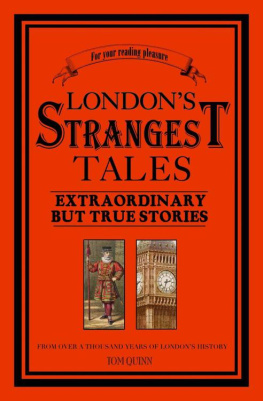
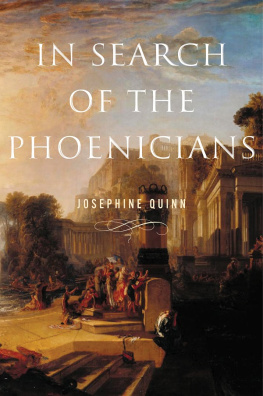
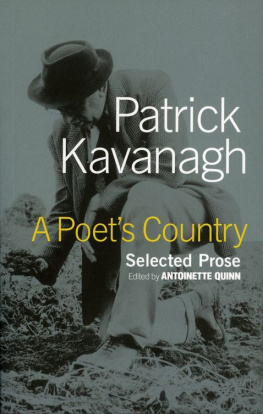
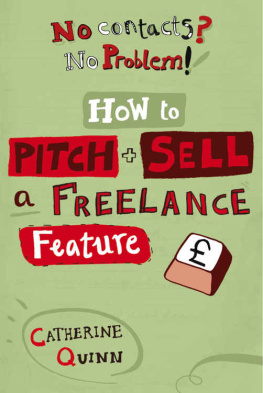
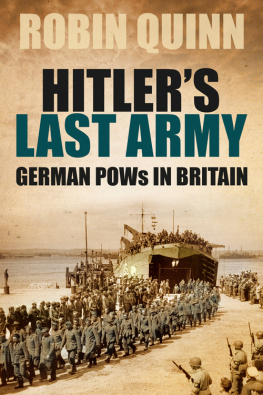
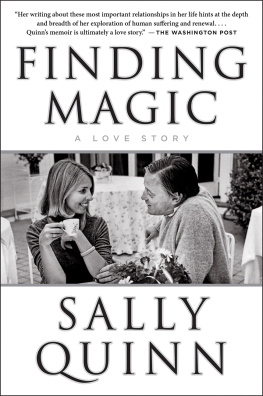
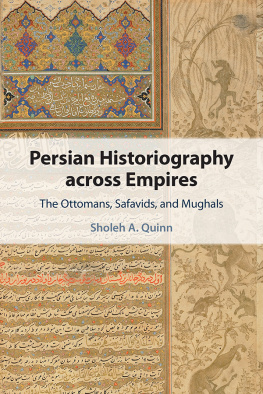
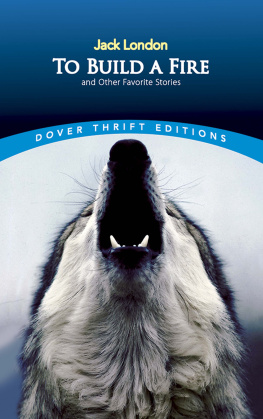
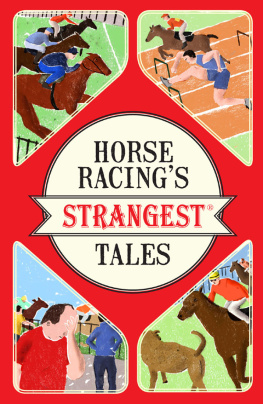
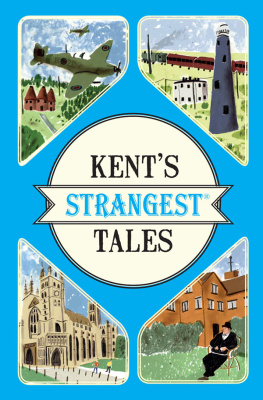
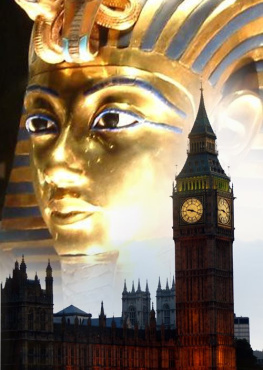
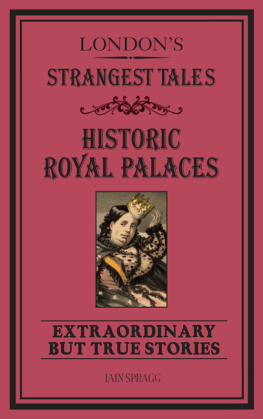
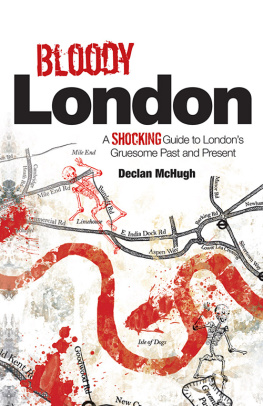
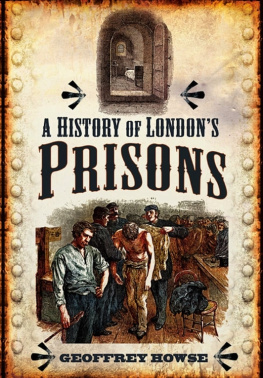
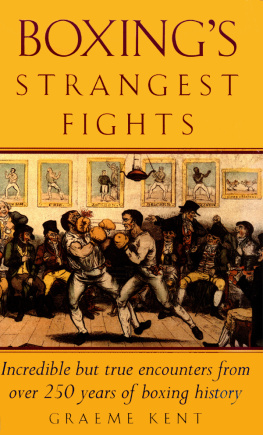
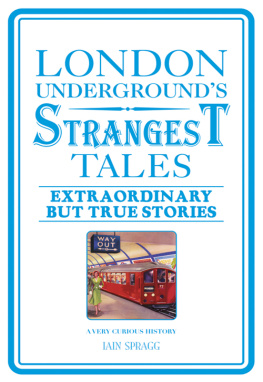

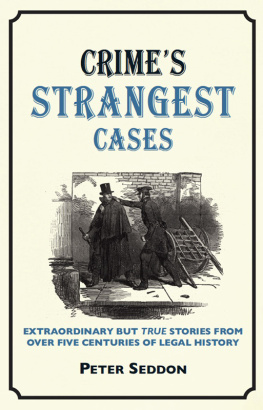
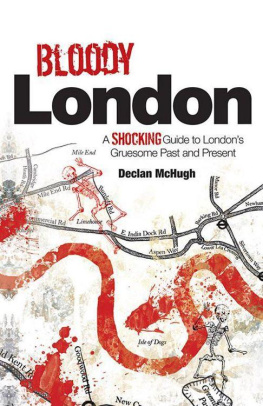


 www.anovabooks.com
www.anovabooks.com